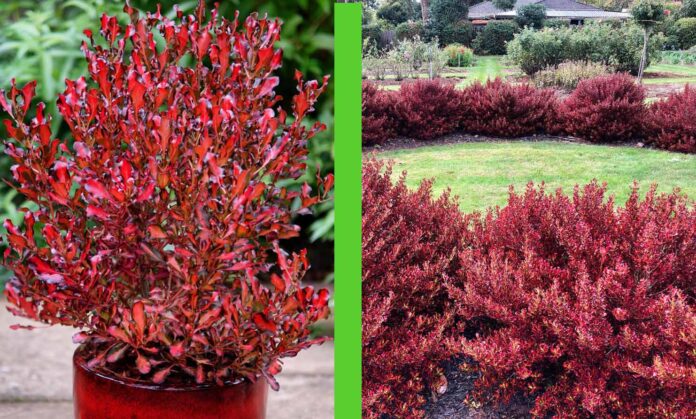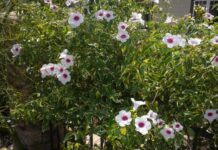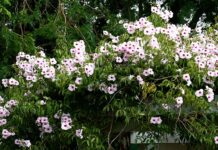
Coprosma pacific sunset is the most striking and distinct of all Coprosmas. It’s a beautiful combination of glossy red and chocolate califoliage. They look like small trees and they can plant at any time. Growing ultimately around 1metre in height and because they are bushier than others Coprosmas, preferred more for gardens.
Coprosma pacific sunset Environmental Requirements & Taking Care
This extraordinary plant will tolerate full or partial sunlight. It can be planted in any season, although flower season of Coprosma Pacific Sunset is summer. It’s a wonderful choice for a container display, slowly growing into a round mound. It is a good choice to plant it in shattered spot in moist but well drained soil.
It doesn’t require much ruining, usually only if the plant haw grown too big and needs to be reduced in size. Plant size is about 2.5m height x 2.5m spread. You can plant it in the middle of a border and it needs full sun. It’s soil type is well drained, light and sandy.
Coprosma repens ‘Pacific Sunset’ Pruning Diseases
Coprosma Sunset is a tough plant and generally has no issue with pets or diseases. It is a plant, which you put it in a garden and basically forget it and nothing more.
Watering
Once the plant is tough they need little water. Just before spring, toss a handful or slow release fertilizer around each plant to boost fresh foliage. Now during summer water growth and in winter, just moist.
Is Coprosma ‘Pacific Sunset’ Poisonous?
No toxic effects has been reported about this amazing plant.

Conclusion
Coprosma pacific sunset plants are absolutely fabulous foliage plants with unusual pink-red leaves, which darken to chocolate towards the edge. Fantastic choice for a shelled spots, either for a garden. No special need for growing them and it is important that Coprosma Pacific is plant free diseases and pets.
Coprosmas are super low-maintenance plants. Because the Pacific Coprosmas are more bushy shaped than other coprosmas, these are ideal for gardens or patio pot plants but also make perfect edging or hedging border plants.







![Rose Names And All Rose Types – The Most Detailed Guide [2022] rose names](https://www.yardious.com/wp-content/uploads/2018/05/rose-names-100x70.jpg)











